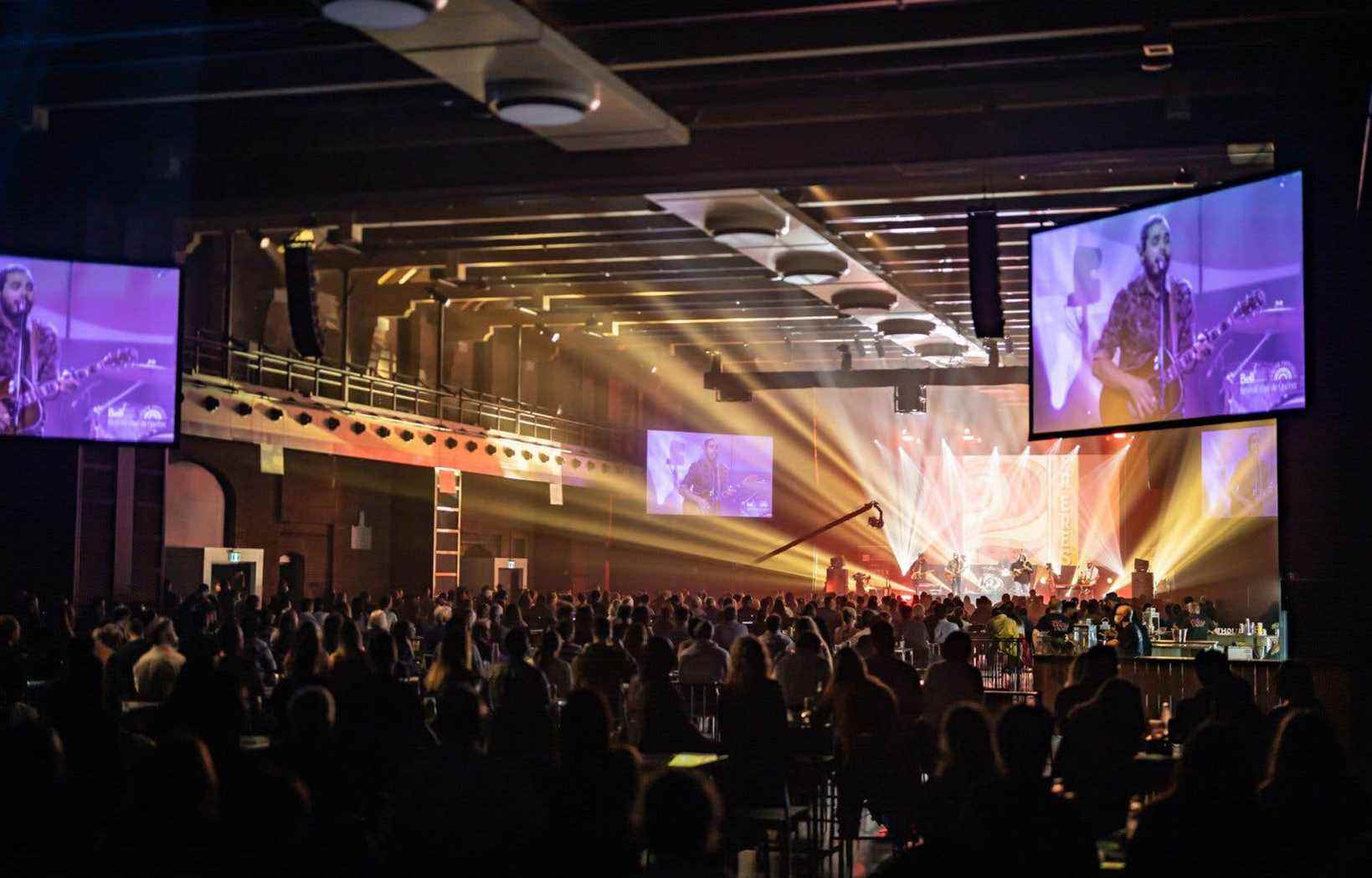In the privacy of the hall of the Wilder building, the dancers of the show Rhapsodyfrom the Sylvain Émard Danse company, almost invited us to enter their rave. After two years of pandemic, the sight of this group of dancing bodies, carried away by the original music of Poirier and Martin Tétreault, had something supernatural.
It was at the end of February. The COVID-19 had finally released ballast on the cultural community and allowed the troupe quebec to present his work. However, that was not what Danse Danse, which co-produced the show, had planned to open the winter 2022 season. Like so many others, the international show scheduled for January had been canceled.
It was therefore local artists who, when they were able, almost exclusively occupied the Quebec stages, when these were available, during the pandemic.
Appearing before audiences decimated by health rules, often working in the most total uncertainty, they allowed certain events to take place against all odds. In 2021, the Festival d’été de Québec held a 100% local edition, as did the Festival TransAmériques. Both organizations had canceled their spring and summer 2020 edition.
“When the pandemic arrived, we had a festival scheduled on which we had worked for nine months, and we had to throw everything in the trash,” says David Lavoie, general manager of the Festival TransAmériques.
Same story at the Festival d’été de Québec, which had to fall back on an indoor edition only in the fall of 2021. “In the summer of 2021, we managed to do an edition within our dates. , with 100% Quebec talent,” says Louis Bellavance, vice-president of content and artistic programming at the Festival d’été de Québec. “But I’m not sure it was a springboard for anyone,” he adds. It was still very difficult. We didn’t have access to the real crowds, and there were the masks. It was survival,” he says.
Both the Festival d’été de Québec and the Festival TransAmériques are now heading for a 2022 edition of pre-pandemic caliber. The Festival d’été de Québec has already announced that it will host Rage Against the Machine on the Plains of Abraham, and Danse Danse will host the Brazilian company São Paulo in April with Édouard Lock.
A hole in the promotion
But these two years of cultural withdrawal and confinement will surely not remain without consequences. While artists have been able to benefit from the very rare advantage of extended residencies, of opportunities to create on stage when, generally, these are occupied by dissemination, a whole generation of artists will have suffered from not being able to promoting an album or a show.
“There has been an increased place given to research and creation,” notes David Lavoie. The FTA called these spaces of creation “breathing” without imperative of result and without objective of diffusion. “But with the pileup of the scheduled seasons, what place can we make for the next generation? »
“There is a huge disparity between those who are at the top and the generation of emerging artists who do not yet have a contract, notes Louis Bellavance. These people have to go to song contests, to festivals, to open for shows, to play in showcases he says. Those who missed those opportunities because of the pandemic are also seeing a new cohort sprout behind them. “They’re going to have to work a lot harder to get those lost chances. »
Quebec creators will also have to reposition themselves on the European market, where competition remains fierce and where reopenings have been earlier.
A museum in slow motion
In the museum community, which has also been affected by the pandemic but in a different way, this two-year slowdown is also likely to leave its mark.
At the Musée national des beaux-arts du Québec, where an exhibition around the work of Paul-Émile Borduas is presented, the pandemic has forced a reflection on how to do things. Traditionally, the museum worked on three-year programming schedules. “When COVID arrived, we had just opened the exhibition on Frida Kahlo and Diego Rivera. We had 100% of the expenses and a third of the income. Consequently, by negotiating with the other museums which had planned to host this exhibition, the Museum obtained to keep the exhibition during the whole summer.
In the midst of the pandemic, the community also had a reflection in connection with sustainable development. “The Museum wants to become greener and greener,” says Annie Gauthier, Director of Collections and Exhibitions. An exhibition blockbuster which lasts three months, not only is it expensive, but, in addition, there are a lot of conveyors who take the plane with the works, a lot of cargo traffic. Works arrive from all over the world. »
